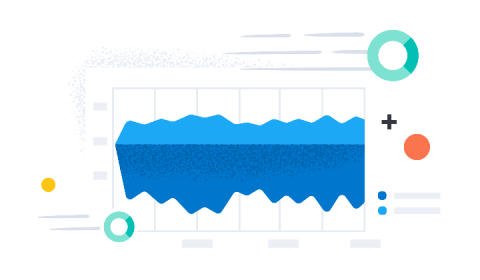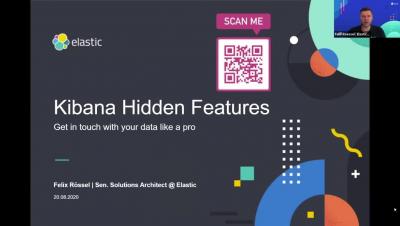Bold, insightful, real-time: Visualizing APM data with Canvas in Kibana
Since we launched Canvas in 2018, we have seen tons of our users create beautiful dashboards that tell stories with Elasticsearch data. In the spirit of making it even easier to get started, we are creating templates that you can import and get instantly beautiful dashboards for all the data the Elastic Stack captures.










